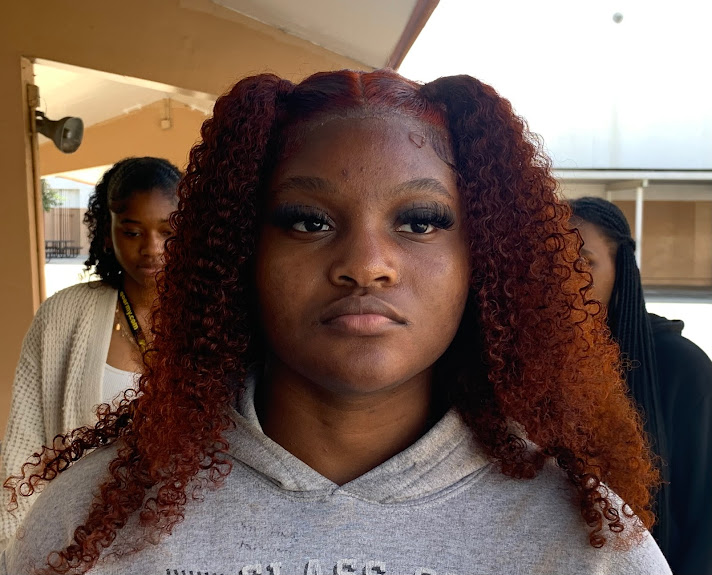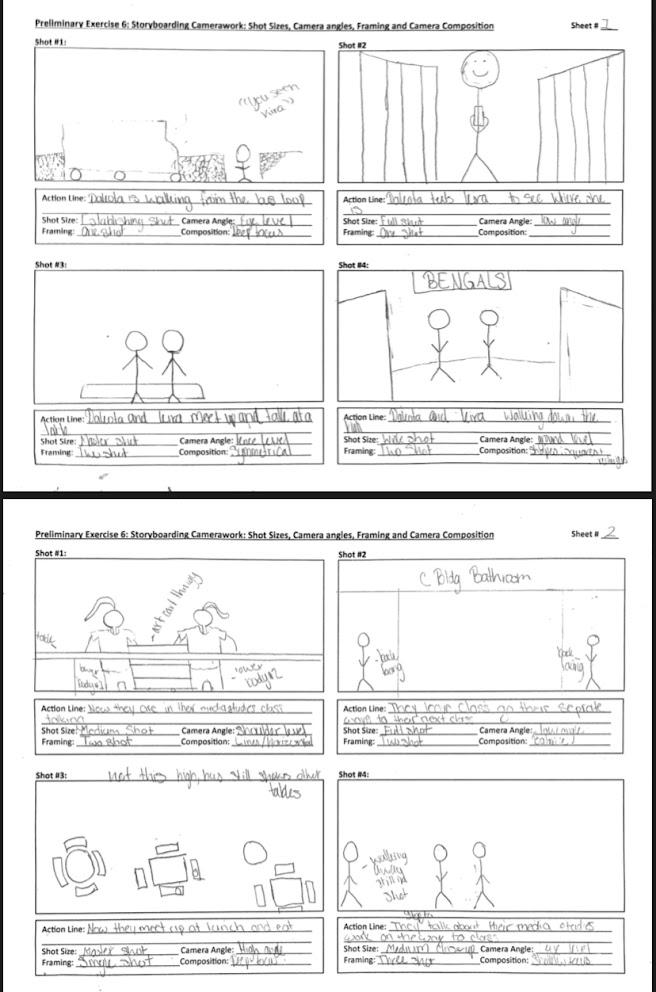Camera movements is the photography produced by a camera and especially a motion-picture, video, or television camera. Camerawork is important in film production because it shift the audience's view without cutting, it creates a psychological and emotional effect on the audience and so much more. The four major categories that I consider when planning my camera shots were shot size, camera angles, framing, and composition. Shot size are the size of the frame relative to the figures or objects in the frame, like a full shot. Camera angle refers to the placement of the camera and the direction which the camera is looking at, like eye level. Framing is the presentation of visual elements in an image, like two shots. Composition is the art of arranging objects, actors and space within the frame, like deep focus. The person that is responsible for camerawork on a film's production camera operator. An example of a famous camera operator is Bradford Young Bradford Young. He has an Academy Award for Best Cinematography and Solo: A Star Wars Story. Two of his films are Solo: A Star Wars Story and Arrival. Me and my team have to develop camerawork skills to create our film to be able to create shots just like a professional camera operator.
Shot 1: Dakota walking from the bus loop
Shot size: Establishing shot
Camera angle: Eye level
Framing: One shot
Composition: Deep focus
Tone: Curious
Video 2: Dakota texts Kira to she where she is
Shot size: Full shot
Camera angle: Low angle
Framing: One shot
Composition: Symmetrical
Tone: Happy
Video 3: Dakota and Kira meet up talk at a table
Shot size: Master shot
Camera angle: Knee level
Framing: Two shot
Composition: Symmetrical
Tone: Cheerfully
Video 4: Dakota and Kira walking down the halls
Shot size: Wide shot
Camera angle: Ground level
Framing: Two shot
Composition: Symmetrical
Tone: Calm
Video 5: Now they are in their mediastudies class talking
Shot size: Medium shot
Camera angle: Shoulder level
Framing: Two shot
Composition: Line/Horizontal
Tone: Chatty
Video 6: They leave class to go their seprate ways to their next class
Shot size: Full shot
Camera angle: Low angle
Framing: Two shot
Composition: Balance
Tone: Determined
Video 7: Now they meet up at lunch and eat
Shot size: Master shot
Camera angle: High angle
Framing: Two shot
Composition: Deep focus
Tone: Chill
Video 8: They talk about their media studies work on the way to class
Shot size: Medium shot
Camera angle: Eye level
Framing: Three shot
Composition: Shallow focus
Tone: Jolly
Reflection
Eunice was the director and camera person. Dakota and I were the actors. We were all set designers. The Location of the film is at Piper high school. The characters are Kira and Dakota. The storyline is two very close friends in high school. I would say the planning was very easy but what made it difficult was being able to find the right time to be able to execute the shots. The technology that was used with a mobile telephone and the app that was used was YouTube. Which I would say we were in intermediate at. During this exercise I learned how to execute camera movement and the process and planning that goes into it.
Work-Cited
Shot sizes explained: 8 camera shot sizes in filmmaking - 2023 (no date) MasterClass. Available at: https://www.masterclass.com/articles/shot-sizes-explained (Accessed: 22 December 2023).
Cassidy, K. (2022) What is composition and why is it essential in filmmaking?, Videomaker. Available at: https://www.videomaker.com/article/c02/18610-the-basic-rules-of-composition/ (Accessed: 22 December 2023).
Cassidy, K. (2022) What is composition and why is it essential in filmmaking?, Videomaker. Available at: https://www.videomaker.com/article/c02/18610-the-basic-rules-of-composition/ (Accessed: 22 December 2023).

























